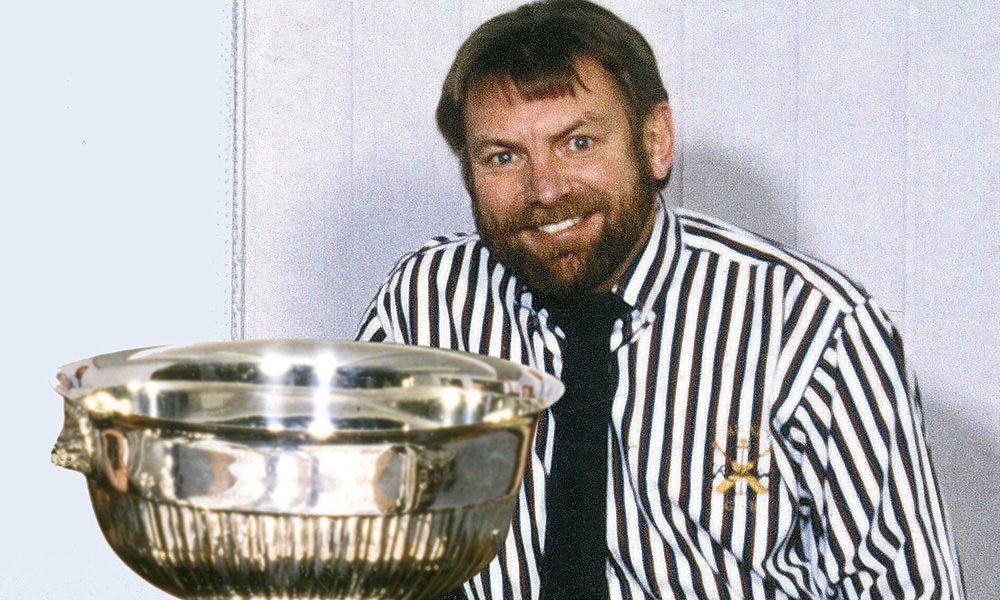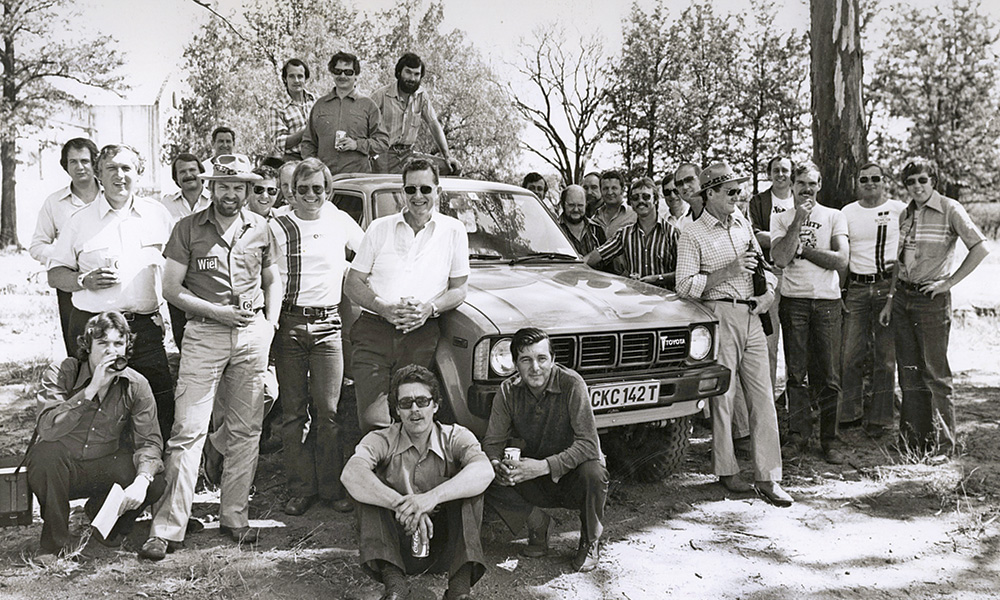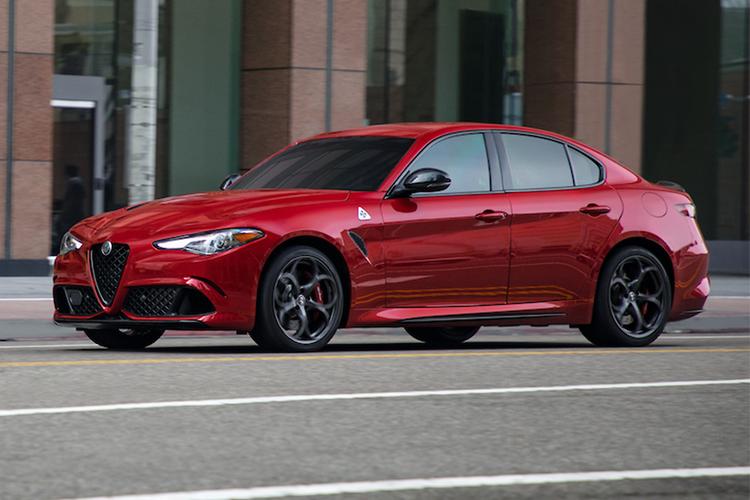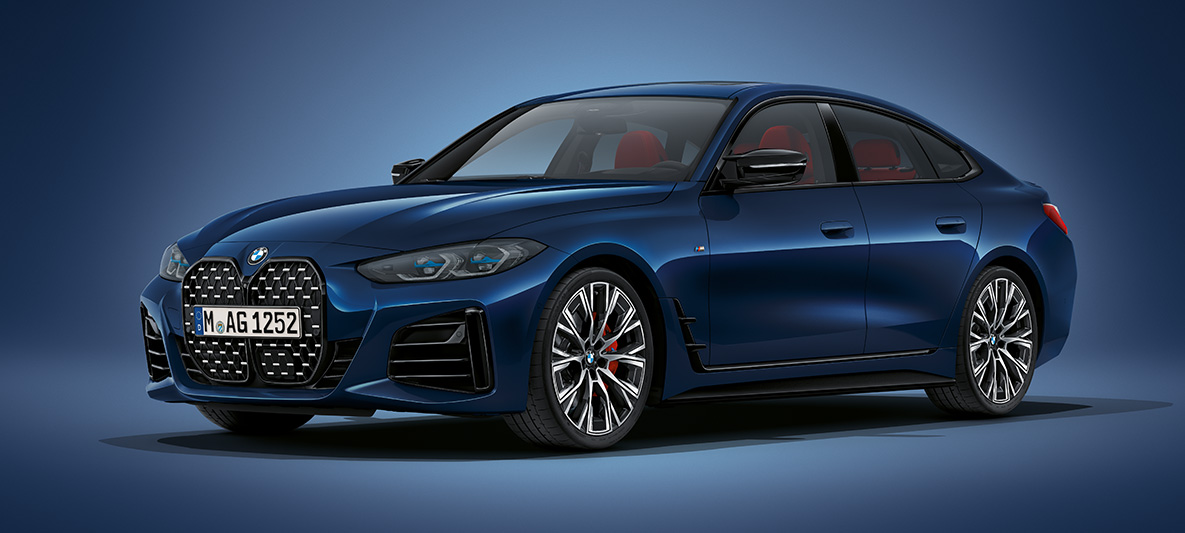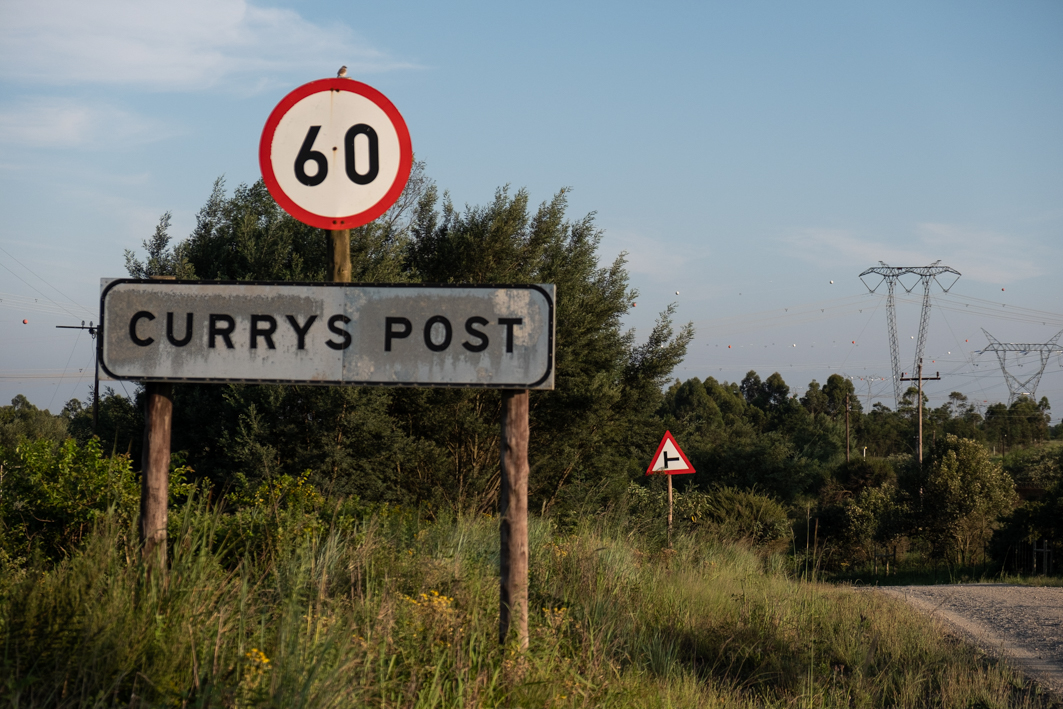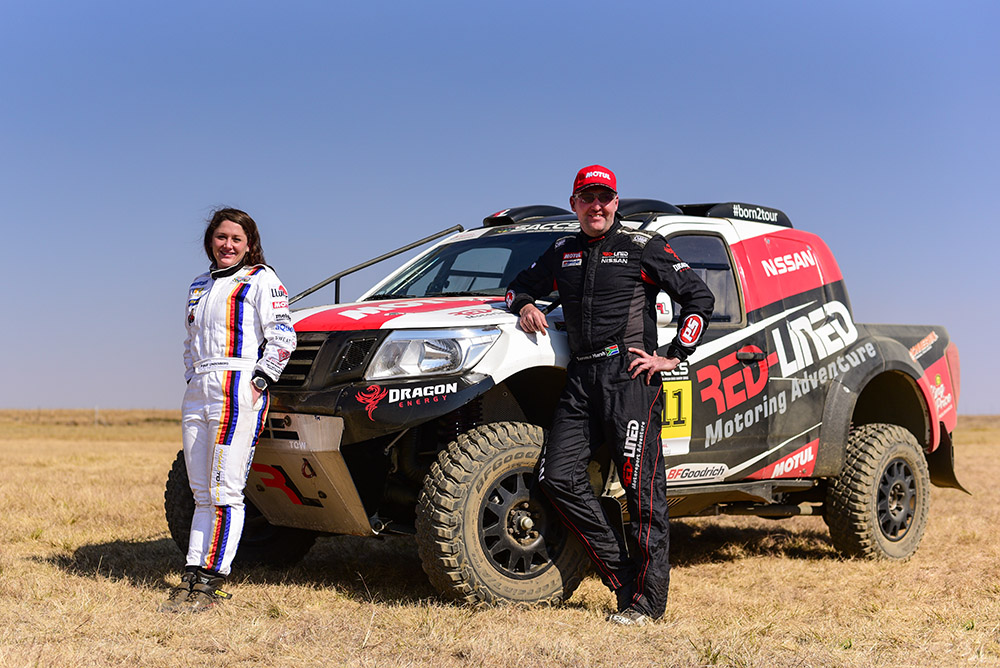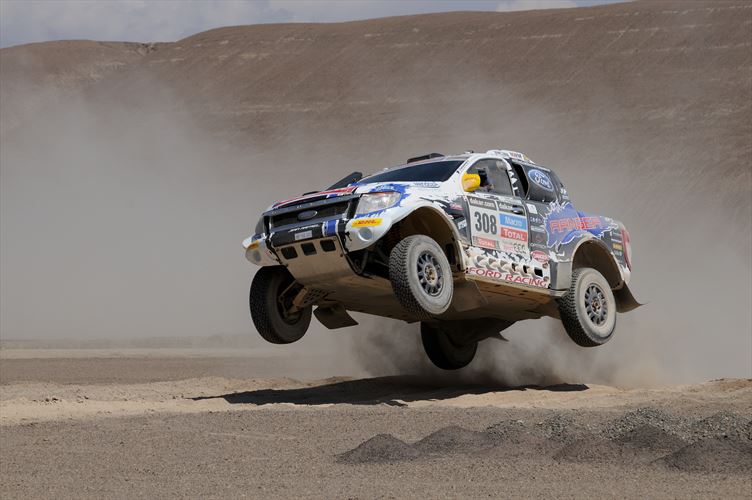It’s all rather surreal, but after serving the motoring media industry so ably for more than 40 years, Jannie Herbst is calling it quits.
Time flies” is an overused cliché – but oh so true. The realisation is slowly sinking in that my time working for a living is up. Finito. Although this column was printed in the January issue of Leisure Wheels, you may well have had your copy in December, which was my last month as an employee. Although I stepped down as editor a year before, I remained in the office with my colleagues. Except for doing a helluva lot less, it didn’t feel like that much had changed. But now, office chats about things 4×4 and the great outdoors will be a thing of the past.
There won’t be the variety of 4×4 vehicles in the driveway, and there won’t be any calls from readers seeking advice on this and that. Invitations to motor shows and vehicle launches will dry up, as will assignments in far-off places, editorial conferences and the once-a-month interaction with advertising staff. But the more I ponder about all the things I’m going to miss, the more I realise how well life has treated me. I’ve been involved in newspapers and magazines all my working life – since 1966 to be exact – and to have reached the stage where I can look back on so many wonderful experiences is a blessing. As people grow older, the more they experience life’s little joys and pitfalls. I believe the route of our journey through life can be likened to walking through a huge minefield.
The minefield is armed with tiny landmines that don’t do much damage. But this obstacle course includes mines that are much bigger, do more damage and lead up to the blast that takes you out; end of story. Sooner or later everyone steps on a tiny mine. They hurt a bit, but we dust ourselves off and put it down to experience when you lose a cellphone, experience a breakup or you fail an exam or driving test. Moving through life we also hear detonations that signal that other people have stepped on mines, too, with various degrees of trauma or heartache. The bigger mines are reserved for when your house burns down, you lose parents at a young age, you contract a terminal disease or your business goes bankrupt.
But we have the capacity to also shake off the effects of the larger blasts. It’s called life. A big mine is a bastard. It’s the one that makes you suffer, that messes up your life completely. These are much harder to handle and many people are scarred for life. We baby boomers all know someone whose path crossed a big one. It happens often, but there’s nothing we can do about the massive mine that ends your journey through life prematurely or until your string has run out. A mine will get us all sooner or later and there is not a damn thing we can do about it. So here᾿s where I pause to reflect on a journey of nearly 70 years, and how lucky I am to have stepped on only a few tiny mines. I sincerely hope my journey will last a good few years more, but at least I can now walk a little more slowly through the minefield. That way I hope to miss a few of the more dangerous ones.

Looking back, I can have no complaints and putting together a magazine like Leisure Wheels is hugely satisfying. From meetings where ideas are thrown together, to going on assignments and then finally holding a copy of the publication is exhilarating; for me it is the best job in the world. The downside is that I could never go on a proper holiday, apart from a week or two around Christmas. And that was only possible by working like a donkey to finish the February issue by 15 December. So, first on the retirement agenda is a nice long holiday (or two, or three) with the missus. But friends keep expressing surprise that I am finally going to retire, and want to know how I am going to stave off stagnation and keep myself busy.
The point is, I want to stagnate a little and come and go as I please without the burden of looming deadlines or things that have to be done. I don’t want deadlines to be a constant millstone around my neck. What’s the point in retiring if you need to be kept busy? The ink in my blood started after my army days when I helped my dad publish the Alberton Courier. I later found myself at the Afrikaans daily, Die Transvaler, and was then appointed editor of Die Motor, a monthly Afrikaans motoring magazine that closed down in 1977 and I found myself without a job.
My announcement that I was planning to start my own Afrikaans motoring magazine was not met with much enthusiasm by the motor industry. Looking back, I was taking a big risk but, thanks to naivety and a large dose of enthusiasm, I went ahead with it. I needed all my savings, around R4 000, to pay the printer’s deposit and the first issue of Wiel hit the bookshelves in March 1978. That first issue cost R7 740. Those were the days when a VW Beetle cost R3 365, and the most expensive and cheapest vehicles on the prices page were a Mercedes-Benz 450 SL coupé at R29 830 and a Mini at R2 145 respectively. We printed 12 000 copies of that first issue and it immediately caused a stir. A different approach to layout and photography were what set it apart from similar publications, and creativity was the watch-word throughout the magazine’s lifespan. Those were difficult days. My new bride Maryke and I were the only full-time editorial staff for four years before the late Johann van Loggerenberg joined us in 1982: which is the cue for a self-congratulatory pat on the back.
In its time, Wiel won many prizes for innovative journalism and photography, but the highlight was winning the prestigious Rossi Trophy for best consumer magazine on four occasions. A great deal of toil, sweat and some sleepless nights ended when I sold the magazine to Times Media in 1989. I remained involved until 1995 when ownership of Wiel changed hands a few times before the final issue was published by RamsayMedia in February 2011. The publication had a lifespan of exactly 33 years. When Johann and I and lifelong friend Adri Bezuidenhout started Leisure Wheels in 1997, we took the decision that the magazine would have to be something special, almost a coffee table book. Leisure Wheels was published quarterly, we used high quality 115 gram art paper with a heavy cover and it was an expensive gamble that paid off.
Other commitments saw Adri leave the team and Johann and I were left as the sole owners. Multiple awards led to a growing circulation, the magazine was flourishing and in 2005, we increased the frequency to six issues per year. The next stage of the magazine’s development saw a 50 percent share taken by RamsayMedia and, in 2008, we went monthly. Sadly Johann’s untimely passing in 2009 saw him miss this phase. In closing, I need to thank so many people and above all, the good Lord, for the way in which life has turned out to be a marvellous journey for me and my family.
To my office buddies Danie, Gert and Deon, you are a dynamic team with huge enthusiasm and I thank you for the great deal of fun we enjoyed putting the magazine together. Thanks Neil, the cool publisher who cherishes the Leisure Wheels brand, and to André and the advertising team: you guys have great spirit; gonna miss you all. Then there are the behind-the-scenes people in Cape Town whom I have worked with via telephone and emails… thanks for your ever-readiness to assist and please. Our readers, without whom no pub-lication can exist. The strong rapport that developed between us is the motivation that drives any editorial team. Thanks for being loyal.
And last, but by no means least, to Alan Ramsay and Stuart Lowe for recognising the potential of Leisure Wheels more than 10 years ago. Someone once said: “Don’t cry because you are leaving, smile because you were there.” Totsiens… and steer clear of landmines.
